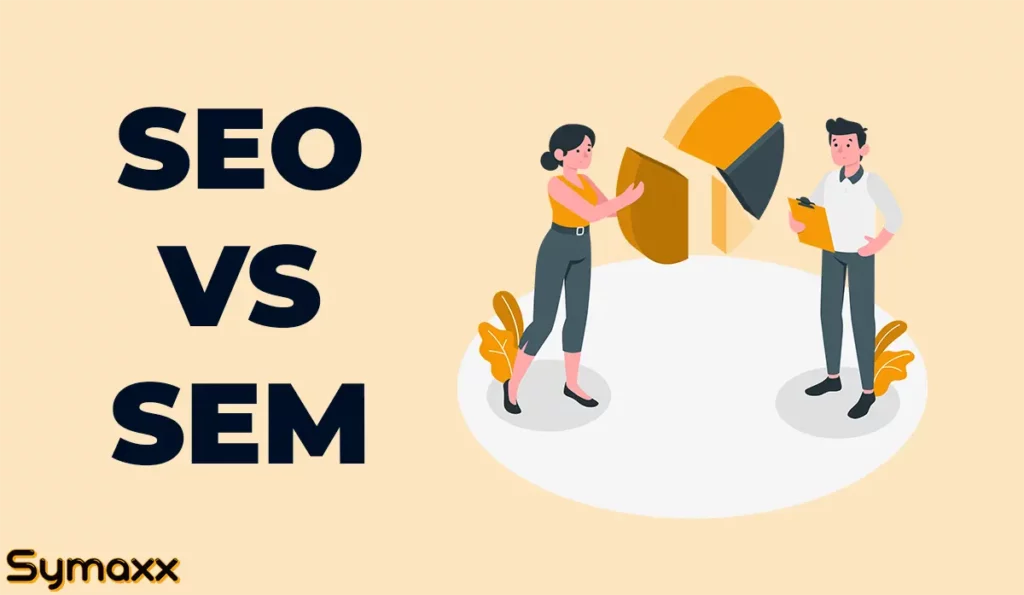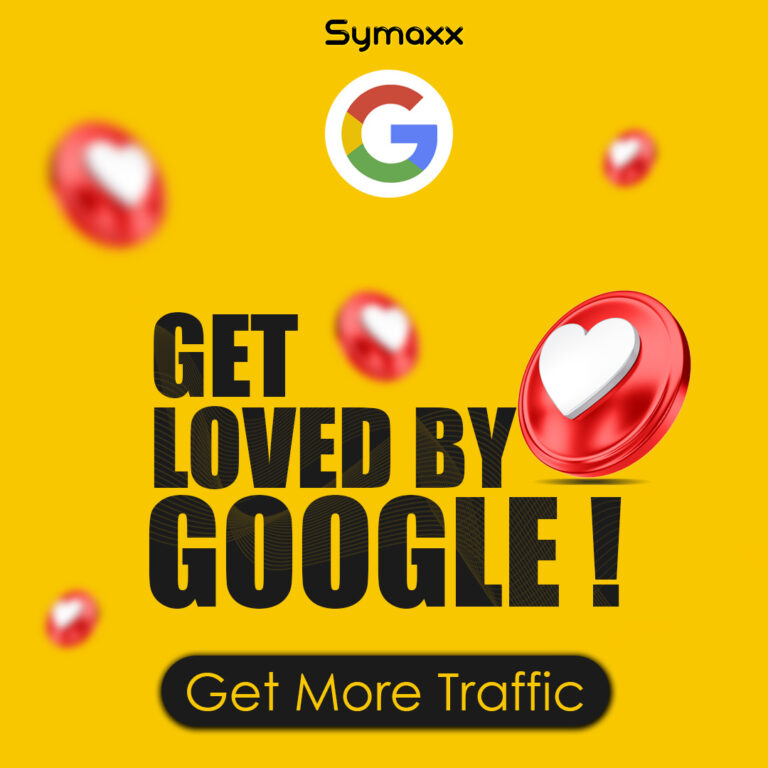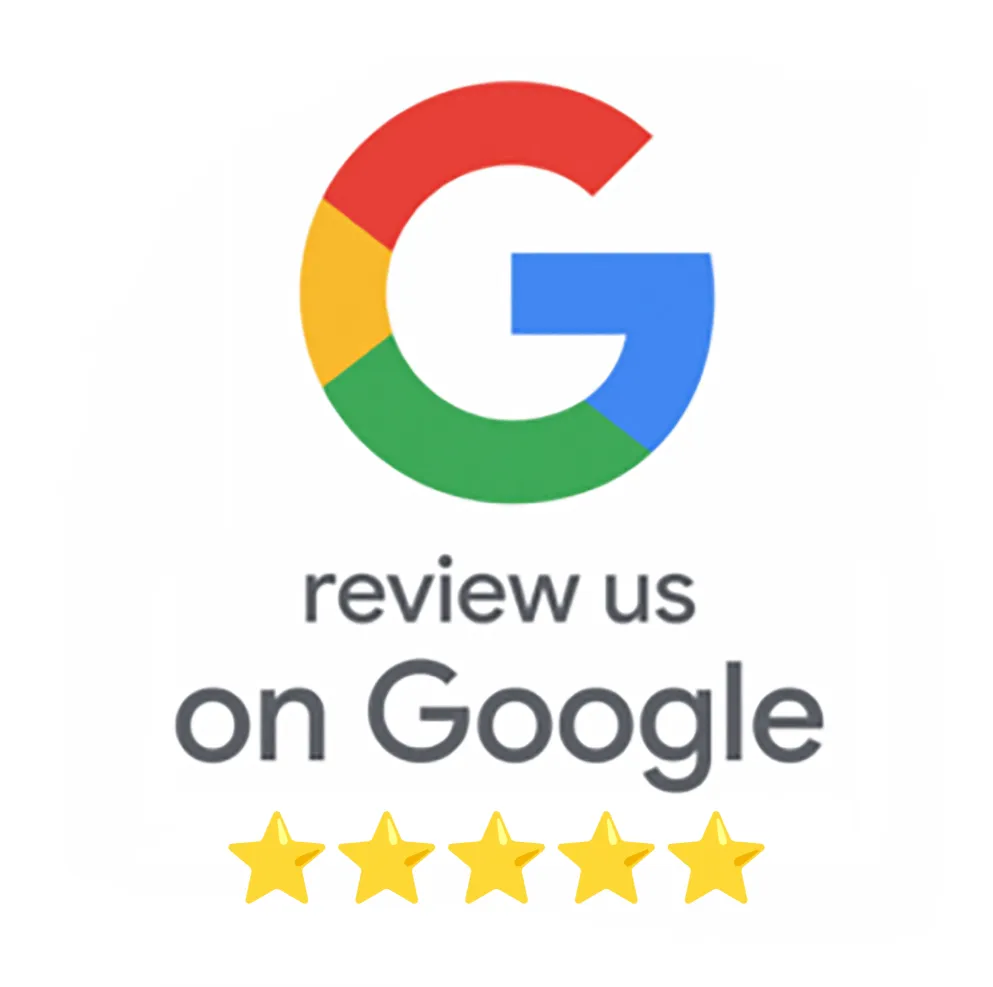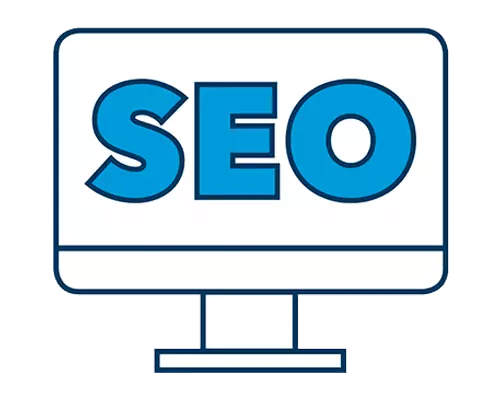In the world of websites, getting noticed can be tough. That’s where SEO and SEM come in. Both are designed to bring visitors to your site, but they go about it in different ways.
SEO is all about organic reach, making your site super attractive to search engines so it ranks high in results. SEM is broader, encompassing SEO but also including paid advertising to get your site seen fast.
This quick guide will break down the key differences between SEO and SEM and help you choose the right approach for your needs.
PPC, Another Variable In The Mix
To further confuse, let’s add another initialization first: PPC or Pay-per-click.
Well, it’s not completely fair. Because PPC is just another term for SEM or at least part of it.
PPC is most likely a term that evolved when different people used different terms to refer to the same thing during the Archetypal Old West of early search engine strategies.
Finally, pay-per-click and search engine marketing meant the same thing: pay-per-click digital marketing advertising on search platforms.
Pay-per-click, whether it’s PPC, CPC (meaning cost-per-click), paid search, or search advertising, usually refers to paid search marketing through search engines such as Google and Bing.
However, other terms and tactics used in digital marketing initiatives, especially those related to search engine marketing tactics (both paid and organic), may not be so simple and well-defined.
What’s The Difference Between SEO & SEM/PPC?
We know that SEO is search engine optimization.
However, the marketer is not optimized for search engines. Optimize your content and websites for search engines (and humans) to help searchers better understand, access, and navigate our websites.
Again, initialization doesn’t always make sense. Of course, this is a bit illogical.
Like everything else in life that doesn’t always go with you, there are some acronyms that never make sense.
Like Humvee that doesn’t match words that start with U or E. (Actually, it stands for High Mobility Multipurpose Wheeled Vehicle and was born from the original acronym HMMWV.)
PPC marketing is (at least for now) the same as or a very large part of SEM.
I understand. Here they are duplicated:
- Both are paid initiatives.
- Both need a budget.
- Both make search engines like Google and other advertising platforms a lot of money.
However, Wikipedia defines SEM as “a form of internet marketing that promotes websites by increasing visibility on search engine results pages (SERPs), primarily through paid advertising,” which is exactly the same.
It’s not that quick to call.
In fact, pay-per-click marketing has its own Wikipedia page, apart from search engine marketing (although there are many inconsistencies and confusion throughout the page).
The conclusion is as follows.
SEO is not part of SEM.
PPC is usually the largest and most sophisticated component of SEM, but both PPC and SEM are paid initiatives that provide real-time data, ROI, and unique data that advertisers can only access on specific platforms.
What does it matter?
Consistency is the main reason why it is important to clarify these terms.
Too many novice marketers, or non-expert marketers who maximize value through search, take the definitions of these industries and confuse them, confuse them, confuse them, or in a way that further dilutes their true meaning.
I used them. And even veteran marketers who disagree with the term itself or may not fully understand it contribute to turnaround.
At the conference, when referring only to paid marketing activities, all segments of education provision related to SEM naming conventions have been established, but these activities are not done solely through search engines.
At least from this perspective, the SEM includes PPC advertising not only on search engines, but also on third-party platforms such as Amazon and YouTube, as well as industry-focused platforms such as Houzz, Thumbtack, and Yelp.
This includes display advertising and remarketing measures.
And as the opportunities to advertise on social media continue to grow, it is also commonly used to refer to paid advertising on those networks.
Here in search engine journals, we play our part. Keeping definitions and their usage consistent is the best way to organize information in a way that makes sense to marketers.
As a marketer, it also helps us to share our thoughts and ideas with our clients, stakeholders, colleagues, or friends who want to know what we are doing for our lives.
But when using these terms, don’t assume that someone else knows what you’re referring to.
Briefly explain exactly what you are talking about and make sure everyone agrees with the definition of the term.
Let’s summarize before continuing:
- SEO is the organic effort that goes into marketing through search engines.
- SEM and PPC are paid initiatives through search and other platforms.
Now that we have that out of the way, let’s move on.
Should I Use SEO Or SEM?
Now that you understand the difference between SEO and SEM, definitely ask yourself. Which one should I use?
Ideally both.
However, if you don’t have bandwidth and you can only select one, consider the following:
What are your goals?
Whether you’re promoting a sale, trying out a new offer, or attracting attention to your website, SEM is for you if you want to quickly increase traffic.
SEO, on the other hand, is a marathon, not a sprint. It takes time to display the results, but it is suitable for long-term growth and evaluation.
How much is your budget?
Obviously, SEM campaigns cost you money. After all, it’s not called pay-per-click for anything.
If your budget is tight or your product margins are low, it may not make sense to run SEM.
SEO, on the other hand, is an investment in time, not money.
And you can probably ask for help from people who are already in your salary, such as writers, IT staff, and marketers.
How is your website currently functioning?
If your website is already highly ranked by your keywords, your SEO needs will be driven primarily by changes in Google’s algorithms and competition.
In this situation, SEM is a great addition. Conversely, if you don’t have a lot of organic traffic, you need to get your SEO in place before you start spending money on paid advertising.
How much data do you have or need about your visitors?
With SEM, you can collect far more visitor data than with organic search.
You can run your PPC campaign from dashboards such as Google Analytics where you can see clicks, impressions, CTR, sessions, conversions and more.
You can then use this data to track trends and attract new customers.
How Is Your Online Reputation?
SEO is a great way to control the story that surrounds your brand.
You can control how your business looks online using the same techniques you use to reach the top of your search rankings.
In the famous (unsuccessful) example, UC Davis paid a consulting firm $ 175,000 to remove negative posts from the internet.
Of course, if you’re good enough, you should combine SEO and SEM as a complementary search strategy.
In this way, you can use the data collected from your PPC campaign to improve your SEO campaign.
This makes it easier for viewers to see what they’re looking for when they click the link, and adjusts the content accordingly.
You can also create a remarketing campaign by combining both approaches.
If your SEO job is driving visitors, but you don’t see the conversions you need, you can use SEM to actively contact those audiences and get them back to your site.
The combination of SEO and SEM can also give you complete control over the search engine results page (SERP).
If the first page of results has a top rank and there is a paid list on the same page, you have charged a lot of real estate.
However, the downside of this is that paid lists stop organic traffic and are unnecessarily expensive.
Conclusion
Hopefully, at this point, you can successfully imprint the difference between SEO and SEM. But again, for people in the background, in case it wasn’t clear.
The SEO uses unpaid tactics to organically drive traffic to your site.
This is a slow process (usually 3-6 months), but it can be successful in the long run.
The SEM, including PPC, uses a paid search platform to direct targeted traffic to your website.
It requires a budget, but you can get results very quickly.
Too many people consider these as the same or completely separate initiatives and miss the benefits of sharing them.
For best results, both should be part of your digital marketing strategy.
Each of these has its strengths and weaknesses, but when properly combined, it gives you a true competitive advantage.

















